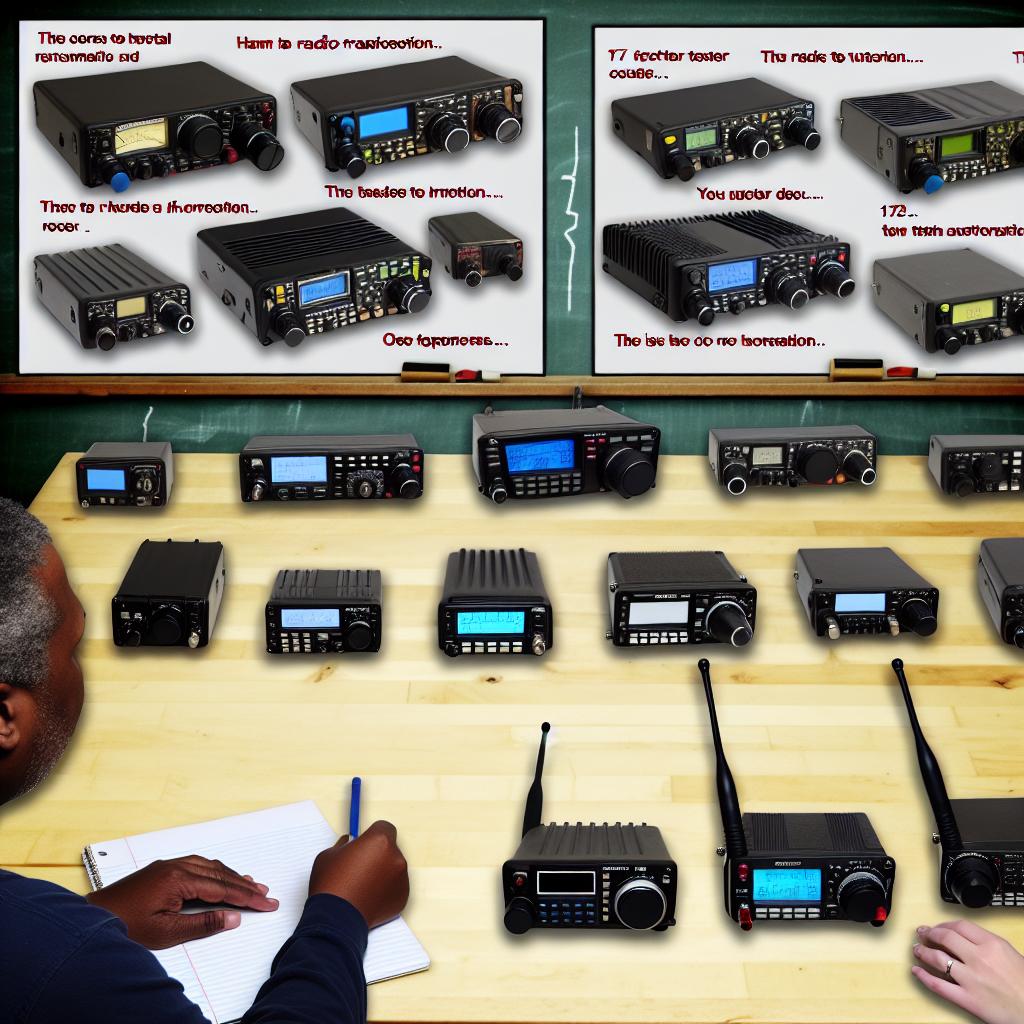Understanding Repeaters in VHF/UHF Communications
Repeaters are fundamental components in VHF (Very High Frequency) and UHF (Ultra High Frequency) communications. They significantly enhance the communication range and reliability for users, particularly those involved with amateur radio and emergency services. To fully appreciate the functions and benefits of repeaters, it is important to delve into their operations and their integration within communication networks.
What is a Repeater?
A repeater is an electronic device that plays a pivotal role in extending the range of communication signals. It achieves this by receiving a signal and retransmitting it at a higher power. This amplification allows the signal to cover a greater distance than it could achieve independently. In VHF and UHF communications, repeaters are typically installed in elevated locations, such as towers or high-rise buildings, to maximize their reach. Such strategic positioning is crucial as it enhances the line-of-sight propagation essential for these frequency ranges, which generally do not penetrate obstacles well.
How Do Repeaters Work?
The operation of a repeater is relatively straightforward yet highly effective. Repeaters receive a signal on a specific frequency, referred to as the input frequency. The device simultaneously transmits this signal on a different frequency, known as the output frequency. The spacing between these two frequencies is called the offset. The purpose of this offset is to prevent the repeater from interfering with its own operation, a critical consideration given the device’s role in amplifying signals.
When a communication device, like a handheld transceiver, sends a signal, the repeater picks it up on its input frequency. The repeater then retransmits the signal at an amplified power level on the output frequency. This amplification enables the signal to travel much further than initially possible, effectively overcoming obstacles such as buildings or natural terrain that might otherwise obstruct direct communication.
Offset and Frequency Pairing
Understanding the concept of offset and frequency pairing is vital for users who rely on repeaters for communication. Effective use of a repeater necessitates configuring devices to transmit on the repeater’s input frequency while receiving on its output frequency. This setup is not merely technical but an imperative for ensuring smooth and uninterrupted communication through the repeater.
For those involved in setting up or using repeaters, the knowledge of local frequency pairs and offsets is essential. This information is typically provided by the organizations managing the repeater networks, and configuring a device correctly ensures it can send and receive messages seamlessly.
Roles and Benefits of Repeaters
Repeaters serve numerous purposes within communication systems. Most importantly, they extend communication ranges, particularly beneficial in areas where direct line-of-sight is impractical or impossible. In urban settings or rugged terrains, obstacles such as buildings, mountains, or heavy foliage can significantly impede communication. In these scenarios, repeaters provide critical coverage, acting as a bridge over these obstructions.
Beyond range extension, repeaters enable multiple users located in different areas to communicate with each other. This functionality is especially vital for sectors like emergency services and amateur radio operations. In situations like natural disasters or large-scale public events, repeaters ensure communication remains possible across extensive geographic areas, allowing for coordinated efforts and enhancing public safety.
Furthermore, repeaters facilitate communication in remote areas, where infrastructure is limited or non-existent. By installing repeaters, service providers can ensure that even isolated regions have access to reliable communication networks. This connectivity is particularly beneficial for emergency services, enabling rapid response and coordination beyond urban confines.
Privacy and Security Considerations
While repeaters significantly benefit communication capabilities, they also introduce potential privacy and security challenges. The inherent function of repeating signals means that transmissions are broadly disseminated, raising the possibility of unauthorized interception by unintended recipients. Eavesdroppers could potentially capture these signals, leading to breaches of confidential or sensitive information.
Users should therefore consider implementing appropriate security measures when using repeaters. Employing technologies such as encryption can mitigate the risk of unauthorized interception. Additionally, using secure channels, where practical, can offer added layers of protection.
Amateur radio operators and organizations managing repeater networks often establish guidelines and practices to enhance privacy and security. These may include not broadcasting sensitive information over open channels and regularly updating encryption protocols to counteract evolving security threats. For a deeper dive into radio communication techniques, consider exploring resources from established communication forums or educational sites dedicated to radio technologies.
Conclusion
In summary, a thorough understanding of repeaters—and their function within VHF and UHF communication networks—is crucial for maximizing their utility and ensuring effective communication over long distances. These devices extend network coverage, allow users to navigate geographical and structural challenges, and are essential tools in a variety of applications, ranging from amateur radio activities to emergency management systems. By appreciating the operational nuances and considering privacy implications, users can fully leverage the capabilities of repeaters, enhancing the robustness and reliability of their communication endeavors.



